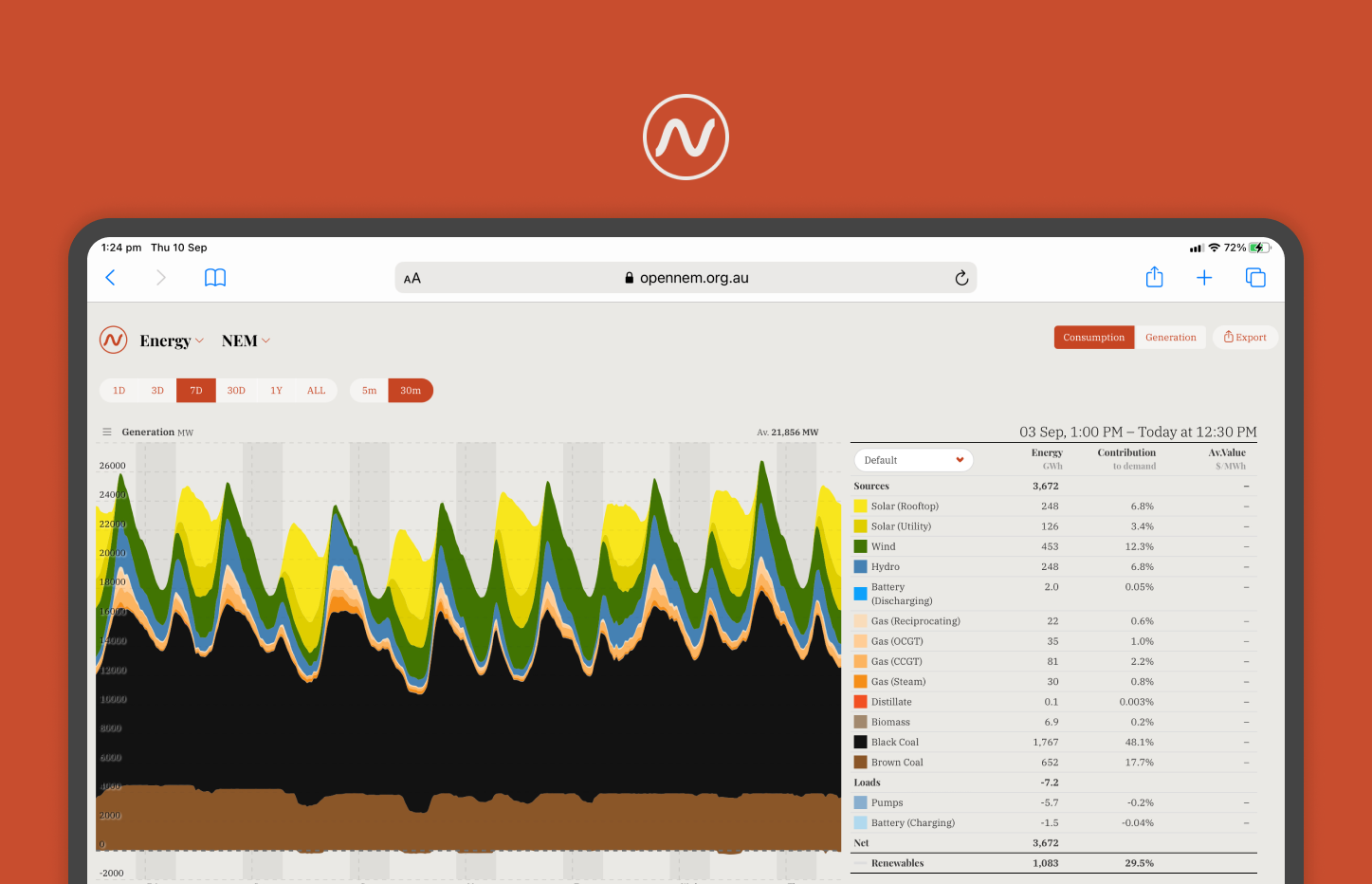wattmatters
Solar Wizard
I can't speak for the 3 free hour plan but the plan I am on it's the exact same rates as their normal plan, except for the free period.If it's free, with no increase in the rates for the remaining hours, I certainly wouldn't complain.












